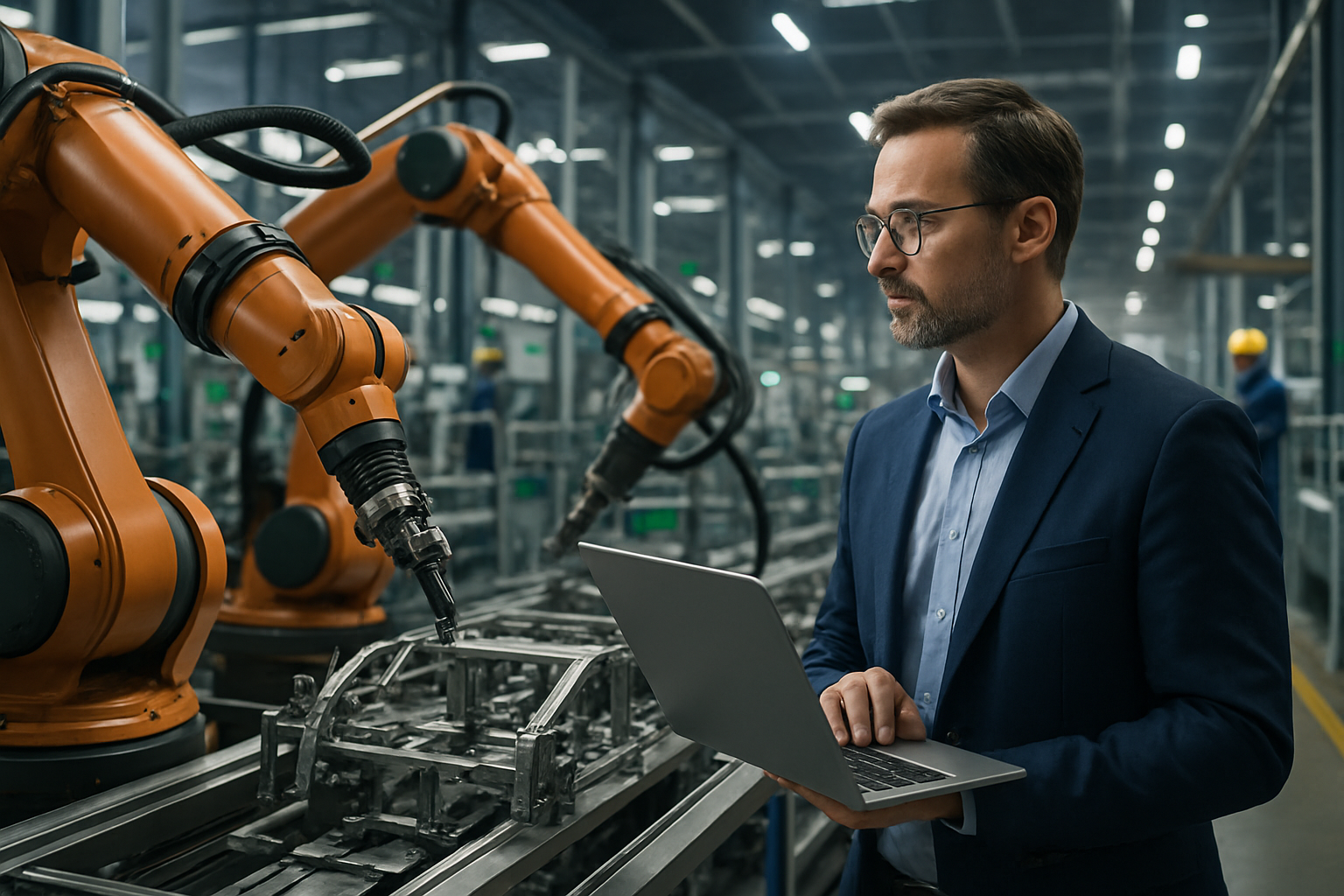Hyperlocal Manufacturing: Reshaping Industry Landscapes
In an era of rapid technological advancement and shifting consumer expectations, hyperlocal manufacturing emerges as a game-changing approach to production. This innovative model challenges traditional supply chains and mass production paradigms, offering a more agile, sustainable, and customer-centric alternative. As businesses seek to adapt to evolving market demands, hyperlocal manufacturing presents unique opportunities and challenges that are reshaping industrial landscapes across the globe.

Historical Context and Industry Evolution
The roots of hyperlocal manufacturing can be traced back to the pre-industrial era when local artisans and craftsmen produced goods for their immediate communities. However, the Industrial Revolution ushered in an age of mass production and global supply chains, relegating localized manufacturing to niche markets. In recent years, advancements in technology, coupled with growing concerns over sustainability and supply chain resilience, have reignited interest in localized production models.
The emergence of Industry 4.0 technologies, such as additive manufacturing, advanced robotics, and the Industrial Internet of Things (IIoT), has made hyperlocal manufacturing increasingly viable. These technologies enable flexible, small-batch production with levels of efficiency and customization previously unattainable in local settings. As a result, industries ranging from automotive to consumer goods are exploring the potential of hyperlocal manufacturing to transform their operations.
Key Drivers and Benefits
Several factors are driving the adoption of hyperlocal manufacturing across various sectors. One primary driver is the growing demand for personalized products. Consumers increasingly seek unique, customized goods that reflect their individual preferences. Hyperlocal manufacturing facilities, equipped with advanced technologies like 3D printing and AI-driven design tools, can efficiently produce small batches of customized products, meeting this demand more effectively than traditional mass production methods.
Another significant benefit is the reduction in transportation costs and environmental impact. By producing goods closer to the point of consumption, companies can significantly decrease their carbon footprint associated with long-distance shipping. This aligns with growing consumer preferences for sustainable and locally sourced products, potentially enhancing brand value and customer loyalty.
Furthermore, hyperlocal manufacturing offers enhanced supply chain resilience. The COVID-19 pandemic exposed vulnerabilities in global supply chains, highlighting the importance of local production capabilities. Hyperlocal facilities can provide a buffer against international disruptions, ensuring a more stable supply of essential goods during crises.
Challenges and Implementation Considerations
While the potential benefits of hyperlocal manufacturing are substantial, implementing this model presents several challenges. One primary concern is the initial capital investment required to establish multiple small-scale production facilities. Companies must carefully assess the long-term cost-benefit ratio, considering factors such as local market demand, real estate costs, and technological infrastructure requirements.
Workforce development is another critical consideration. Hyperlocal manufacturing facilities require skilled workers capable of operating advanced technologies and adapting to flexible production schedules. Businesses must invest in training programs and partnerships with local educational institutions to build a capable workforce.
Additionally, quality control and standardization across multiple small facilities can be more complex than in centralized production models. Companies must implement robust quality management systems and leverage data analytics to ensure consistent product quality across all locations.
Impact on Business Models and Market Dynamics
The adoption of hyperlocal manufacturing has far-reaching implications for business models and market dynamics. Traditional economies of scale are being redefined as the focus shifts from mass production to mass customization. This shift opens up opportunities for smaller, more agile companies to compete effectively with larger incumbents by offering highly tailored products and rapid delivery times.
Moreover, hyperlocal manufacturing is blurring the lines between manufacturers and retailers. Some companies are exploring “micro-factory” concepts within retail spaces, where customers can witness the production process and receive customized products on-demand. This integration of production and retail creates unique customer experiences and can significantly reduce inventory costs.
The localization of production also has implications for global trade patterns and economic development. As more goods are produced locally, there may be a reduction in international trade volumes for certain product categories. However, this could be offset by increased trade in raw materials and manufacturing technologies. Furthermore, hyperlocal manufacturing could drive economic development in urban and rural areas by creating skilled jobs and fostering local innovation ecosystems.
Strategies for Successful Hyperlocal Manufacturing Implementation
• Conduct thorough market research to identify products suitable for hyperlocal production
• Invest in flexible, modular manufacturing technologies that can be easily scaled or reconfigured
• Develop strong partnerships with local suppliers and technology providers
• Implement advanced data analytics systems to optimize production schedules and inventory management
• Create community engagement programs to build local support and attract skilled workers
• Explore innovative financing models, such as public-private partnerships, to mitigate initial investment costs
As the business landscape continues to evolve, hyperlocal manufacturing stands out as a transformative approach with the potential to reshape industries and redefine the relationship between producers and consumers. By bringing production closer to the point of consumption, this model offers compelling benefits in terms of customization, sustainability, and supply chain resilience. However, successful implementation requires careful planning, significant investment, and a willingness to embrace new technologies and business models. As more companies explore and adopt hyperlocal manufacturing strategies, we can expect to see continued innovation and disruption across various sectors, ultimately leading to more responsive, efficient, and sustainable industrial ecosystems.





